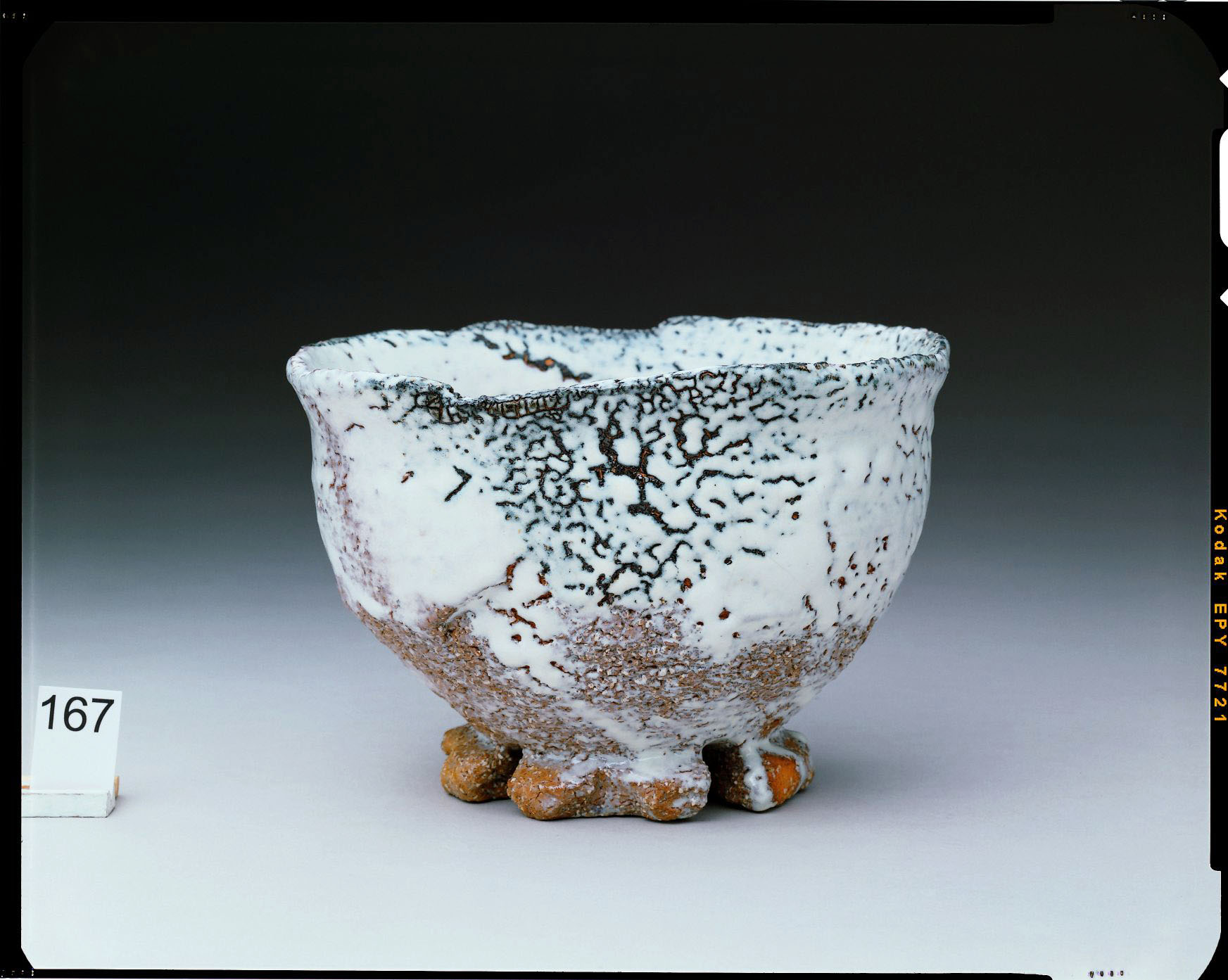In the world of Japanese traditional ceramics there is not one form held in higher esteem than a chawan, a "mere" bowl used to serve whipped green tea.
For more than 400 years this celebrated clay form has challenged potters to create a perfect vessel of segmented harmony to "simply" enjoy a cup of tea. Yet there is much more than meets the eye when we begin to look at chawan and the subtle nuances they embody, the spirit they reveal, and the so-called "hand-held universe" as they are poetically referred to.
The masterpieces from Japan were made in the Momoyama and Edo periods (1573-1867) and again in a Momoyama-style revival of sorts beginning in the 1930s. It's from this latter period to the present that the current "Master Teabowls of Our Days" exhibition at the Musée Tomo Museum focuses on, and it starts with the greats of the day.



